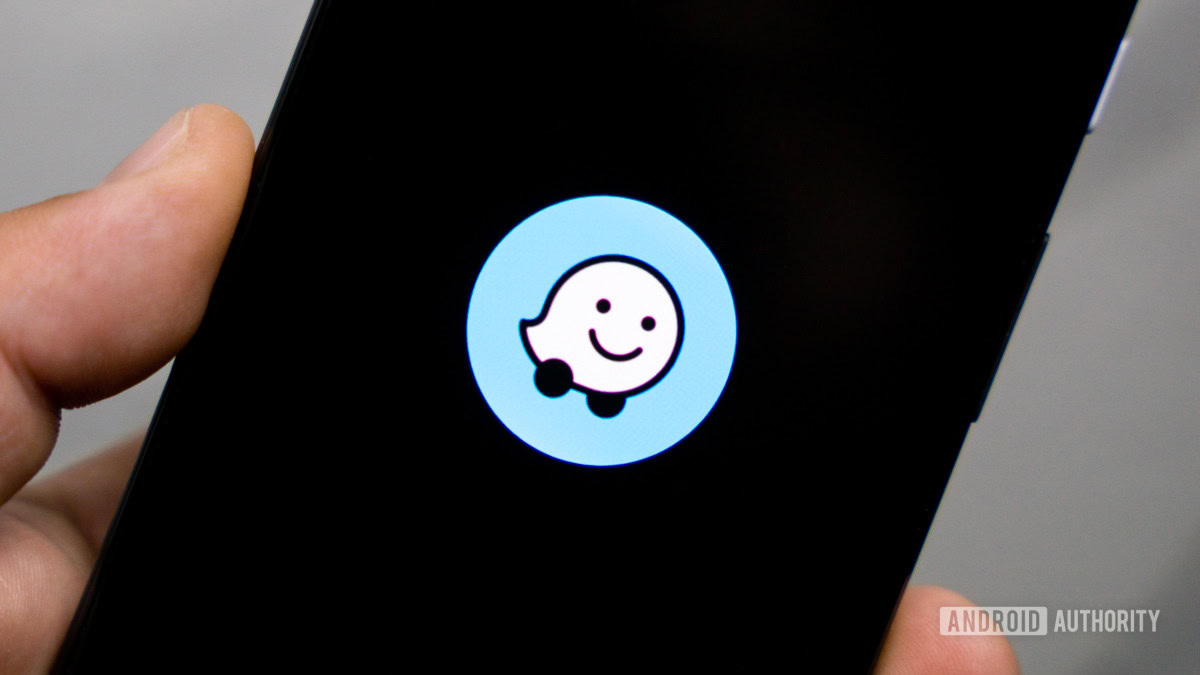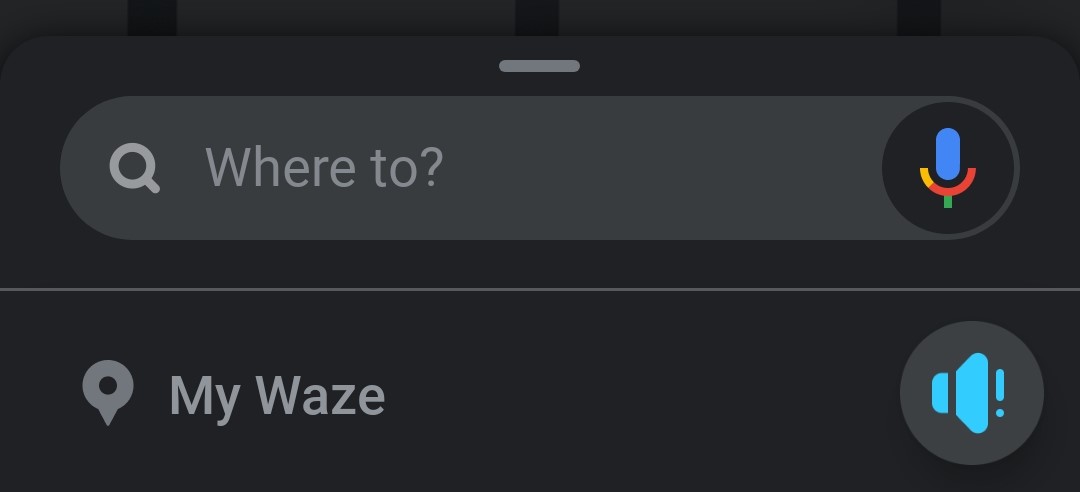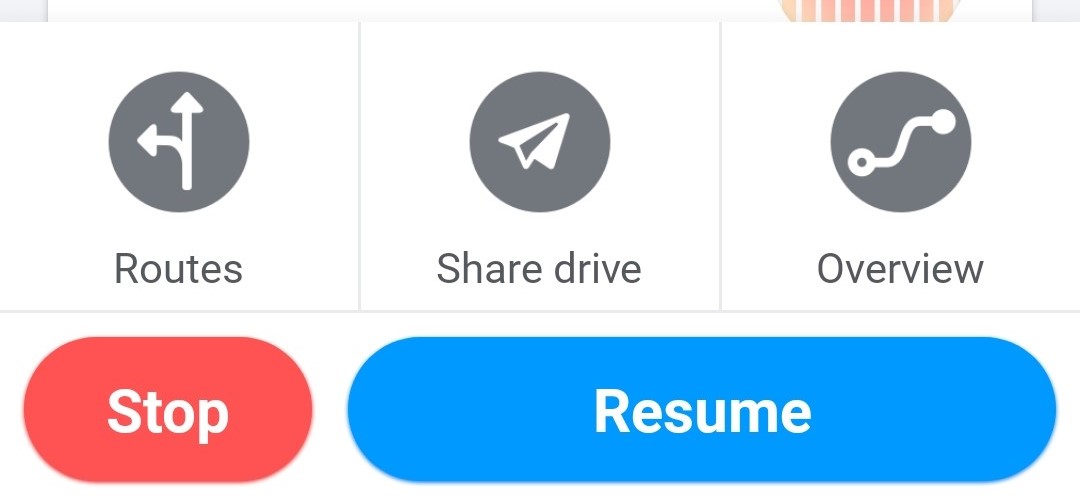Affiliate links on Android Authority may earn us a commission. Learn more.
How to use Waze: Tutorial, tips and tricks
Published onApril 12, 2024

Waze has a lot going on, from color-coded traffic patterns and real-time reports to those cute little icons traversing the map. Here’s a basic tutorial and some tips and tricks for using Waze and levelling your impact on the community-based navigation app.
QUICK ANSWER
To use Waze, enter your destination in the search bar, and tap Go now for turn-by-turn navigation. Tap the orange icon to report any hazards or traffic conditions on the road for other Wazers to see.
JUMP TO KEY SECTIONS
How to use Waze
Waze is designed to get you where you’re going as fast as possible by utilizing real-time reports and driving history from local users. It’s one of the best alternatives to Google Maps if time is of the essence. For quick directions, you can enter your destination in the search bar where it says Where to?

To adjust how much Waze talks to you and in what voice, follow these steps:
- Go to the three-line icon on the top left.
- Choose Settings.
- Tap Voice and sound. Now you can adjust your Waze voice here.
- Sound On means Waze will announce every directional step, Alerts only means Waze will only speak to warn you of reported hazards and Sound Off means Waze won’t speak at all.
- Tap Waze voice for a list of audio options in various languages, from Christina Aguilera to Master Chief, to Headspace’s calm and soothing tone. Switching the voice on Waze is easy if you don’t like your choice.
Plan a route
- Tap the three-line icon and select Plan a drive to plan an upcoming route. This feature lets you see when roads are busy to plan your trip better.
- Tap Plan a drive and enter an address. You can also choose to sync Waze with your calendar from here to remind you when to leave on time.
- You can then see how long your ride should take, depending on when you leave. Tap Save to remember the route and departure time.
- Once saved, you can tap the three-dot icon beside your route to edit or find relevant information, such as parking.
- You can edit your route at any point along your journey by opening the drop-down menu from the bottom of the screen.
- Add any pitstops quickly by tapping Add a stop. You can also tap the food and gas icons for suggested stops along the way.
How to report on Waze
One of the benefits of Waze is that users help each other by reporting incidents along their route. Waze will then alert other users as they approach and ask them to confirm if they are still there. You can report traffic congestion, car crashes, road hazards, police vehicles, and more.
- Tap the yellow sign in the bottom right corner of the screen to bring up the report’s selection.
- Each report option has details to add to improve map accuracy. For example, you can report traffic as moderate, heavy, or at a standstill, or whether police are visible or hidden. You can also add photos or comments to your report if it’s safe to do so.
- Say, for instance, you Report a hazard on the road. You can then specify the hazard, such as a pothole or a broken traffic light.
- You could even report unsafe weather conditions such as icy, unplowed, or flooded roads. When your report is finalized, click Send.
Note that you will not be able to send reports if you go invisible. Going invisible is a privacy setting that will hide your username and mood icon from other drivers.
Earn points for reporting
The more you help other drivers by reporting issues on the road, the more contributions you earn as a Wazer. Contributions let you level up to indicate how helpful your contributions are to the Waze community.
- Tap View profile > Achievements to view your current standing.
How to avoid tolls and highways on Waze
Avoiding tolls and highways is a feature some might find familiar from Google Maps, and luckily the same ability is here in planning your trip.
- Go to Settings.
- Select Navigation, tap Vehicle type from the bottom of the screen to select your current vehicle and enable Avoid toll roads.
- You can also choose Toll & HOV passes to let Waze know which types of gates or lanes you are okay traversing.
- You can also decide to avoid ferries, freeways, unpaved roads, and difficult interactions.
How to close the Waze app
To end navigation, pull up the menu from the bottom of the screen and tap the big red button labelled Stop.

This will pause any directions. Tap Resume to continue your navigation or exit the app if you no longer need Waze.
Keep Waze on-screen during phone calls
You can still see the map and navigate while speaking on the phone.
- To enable this feature, navigate to the Settings menu and tap General.
- From there, toggle the option that says Prevent auto-lock and adjust the required permissions settings on your phone.
FAQs
Points are primarily a cosmetic feature to indicate the number of contributions you have made to the Waze community. The more points you accumulate, the higher you rank in the scoreboards, earning more editing privileges on the map.
If you see a “No GPS” message on Waze, here are some things you can do to troubleshoot the problem:
- Make sure you’ve allowed Waze to use your phone’s location.
- Reboot your phone.
- Test your GPS status using another GPS or navigation app.
- Make sure you’re not driving in a place where your GPS signal is getting blocked, such as in a tunnel.
To change your mood icon, tap My Waze and tap your username at the top to see your profile. From there, scroll down and select Mood to see a list of icons representing different characters and everyday moods.
There are two ways to use Waze with your car, depending on if you have an Android or iOS device:
- With Android Auto: Connect your phone to your car using a USB cable. Open Android Auto on your car’s display, tap Navigation and select Waze from the list of options. Now you can use the app on your vehicle’s infotainment system.
- With Apple CarPlay: Connect your iPhone to your car (either wirelessly or using a Lightning cable). On the CarPlay home screen, tap on the Waze icon to launch it.
Waze calculates the fastest route to your destination based on real-time driving and data from millions of users. It considers current traffic conditions, road incidents like accidents or construction, and even historical traffic patterns. Waze will provide voice-guided, turn-by-turn instructions to help you reach your destination as quickly as possible. It will also automatically reroute you if a faster path becomes available.
Waze does not specifically tell you which lane to be in for upcoming turns or merges as some other navigation apps do. It does provide turn-by-turn directions and will inform you of an upcoming turn or exit, but it’s always a good idea to be aware of road signs and lane markings as well.